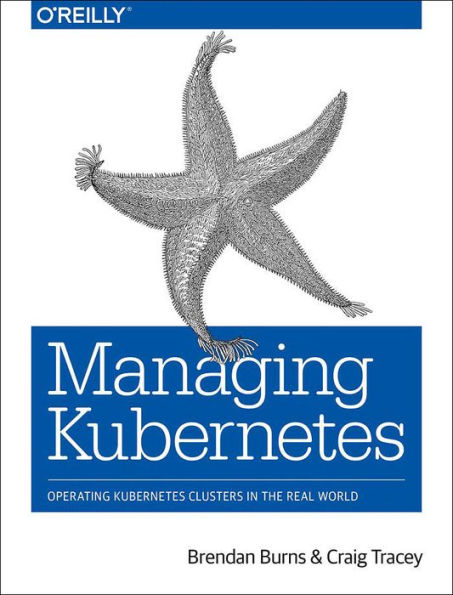Brendan Burns, cofounder of Kubernetes, and Craig Tracey, staff field engineer at Heptio, dissect how Kubernetes works internally and demonstrate ways to maintain, adjust, and improve the cluster to suit your particular use case. You’ll learn how to make architectural choices for designing a cluster, managing access control, monitoring and alerting, and upgrading Kubernetes. Dive in and discover how to take full advantage of this orchestration framework’s capabilities.
- Learn how your cluster operates, how developers use it to deploy applications, and how Kubernetes can facilitate a developer’s job
- Adjust, secure, and tune your cluster by understanding Kubernetes APIs and configuration options
- Detect cluster-level problems early and learn the steps necessary to respond and recover quickly
- Determine how and when to add libraries, tools, and platforms that build on, extend, or otherwise improve a Kubernetes cluster
Brendan Burns, cofounder of Kubernetes, and Craig Tracey, staff field engineer at Heptio, dissect how Kubernetes works internally and demonstrate ways to maintain, adjust, and improve the cluster to suit your particular use case. You’ll learn how to make architectural choices for designing a cluster, managing access control, monitoring and alerting, and upgrading Kubernetes. Dive in and discover how to take full advantage of this orchestration framework’s capabilities.
- Learn how your cluster operates, how developers use it to deploy applications, and how Kubernetes can facilitate a developer’s job
- Adjust, secure, and tune your cluster by understanding Kubernetes APIs and configuration options
- Detect cluster-level problems early and learn the steps necessary to respond and recover quickly
- Determine how and when to add libraries, tools, and platforms that build on, extend, or otherwise improve a Kubernetes cluster

Managing Kubernetes: Operating Kubernetes Clusters in the Real World
185
Managing Kubernetes: Operating Kubernetes Clusters in the Real World
185
Product Details
| ISBN-13: | 9781492033912 |
|---|---|
| Publisher: | O'Reilly Media, Incorporated |
| Publication date: | 12/03/2018 |
| Pages: | 185 |
| Product dimensions: | 6.90(w) x 9.10(h) x 0.50(d) |
